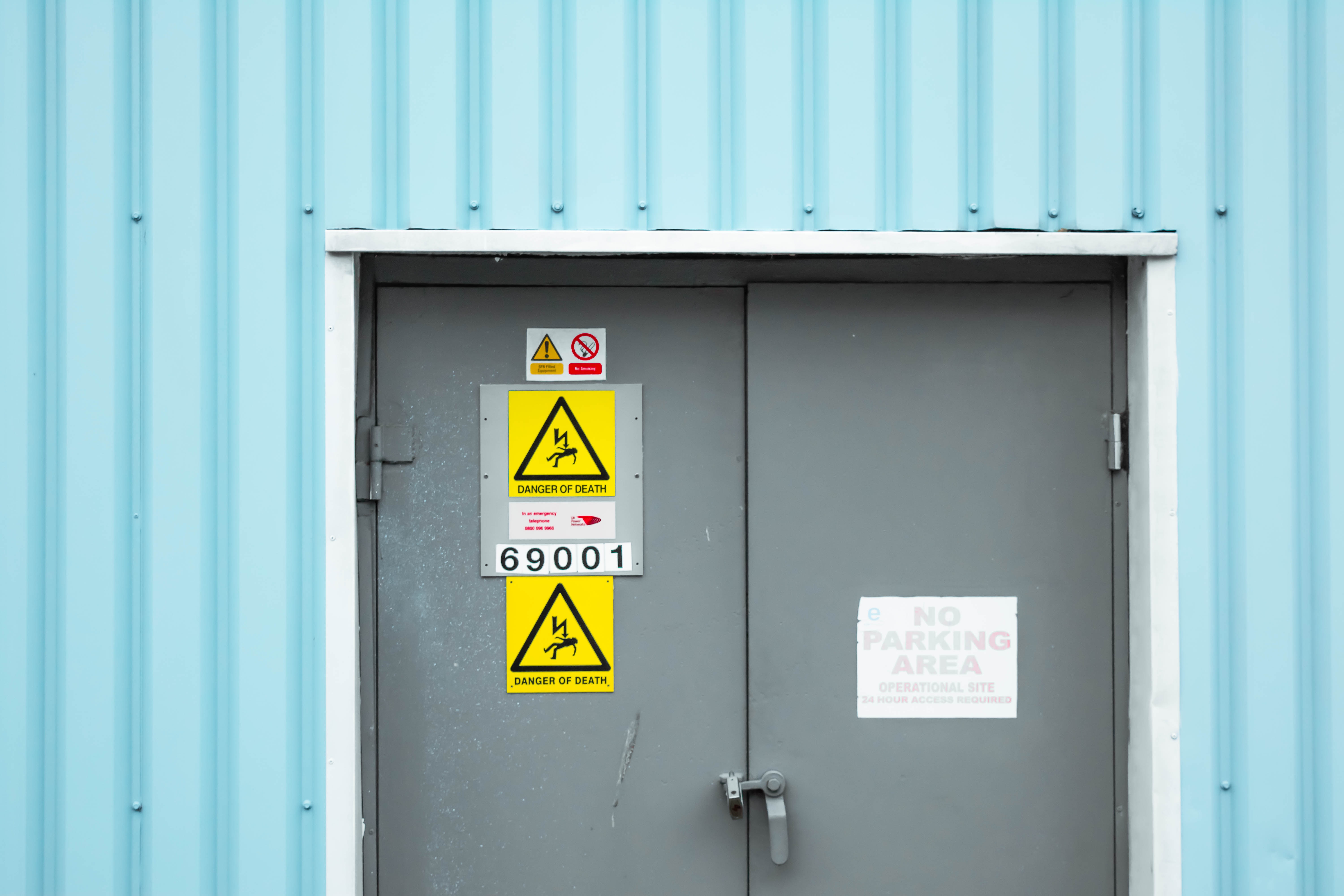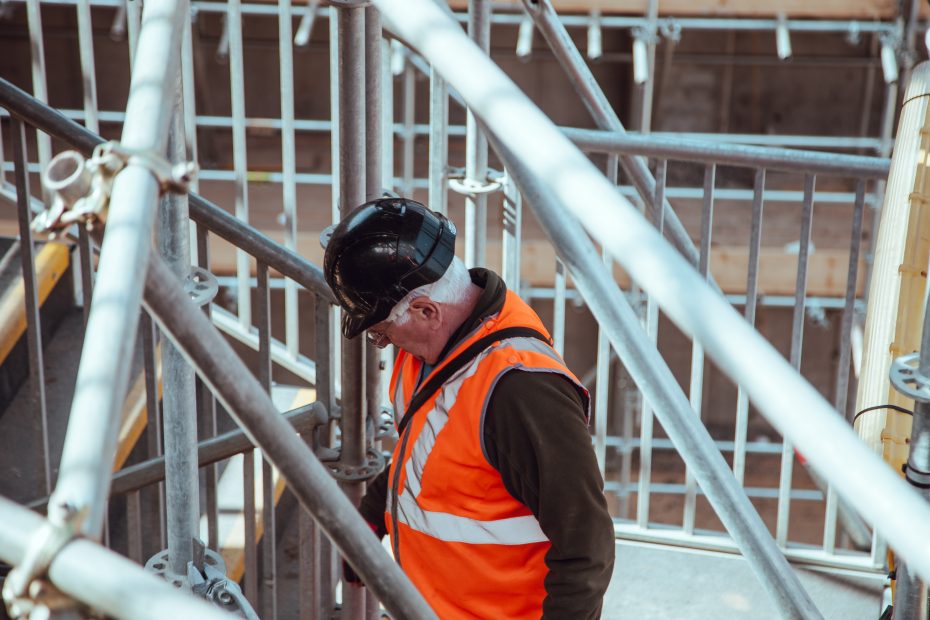In the manufacturing industry, safety is paramount.
Ignoring safety protocols can lead to physical injury, which is terrible on its own. But it can also result in huge financial problems. Your manufacturing company can get hit with big fines for perceived safety oversights or failures to keep workers safe, even if no accident has occurred as a result.
Most company leaders know the importance of training all employees and contractors on safety protocols before they start working on site. But your company isn’t just responsible for workers; it’s also responsible for the safety of anyone who steps onto your factory floor, including visitors.
That’s why manufacturers need strong visitor management strategies. They should make sure that each point of access is monitored. They should require all visitors to be checked in and credentialed properly. And they should never let anyone wander in until they’ve acknowledged the safety rules and best practices necessary for safety.
One of the best ways to give visitors the safety information they need is with a video. Compared to text alone, videos are great for visual learners, and can make stronger impressions than text-only visitor safety policies. Compared to live tours or presentations given by staff, videos ensure that all the essential safety points are covered the same way each time.
Plus, if you integrate these safety videos into your check-in process using a professional visitor management software program, you can automate and leverage things like reports on how and when visitors watched your safety videos.
Clarity
Let’s start with the most important benefit of videos: They may simply be more effective at keeping people safe.
Because they incorporate both visual and verbal messages, they may help people remember things longer than if they’d only heard or read the information.
Our brains can interpret visual information more quickly, as this Fast Company article explains. That’s why we’re attracted to information that’s paired with visual aids, and why information with images are shared so much more frequently on social media. This won’t come as a surprise to those who consider themselves “visual learners,” which might comprise up to 65% of the population.
Another potential perk of videos is the angle of storytelling. Stories engage our brains. If your video is produced well, you might even be able to structure the lessons as ways that things can go wrong, using a story format for the examples. There’s something very compelling about watching potential dangerous situations and even injuries being acted out, especially compared to basic text descriptions of potential hazards.
Safety videos may also be more effective than in-person safety presentations or factory safety tours because they give visitors more control of the learning process. Visitors can review videos multiple times, and they can concentrate on the parts that they need the most help with.

Consistency
Another benefit of using safety videos is that they can be delivered the same way, every time.
When your staff conducts the safety tours or presentations, they might inadvertently skip important points. (After all, they’re only human.) Also, the tone or emphasis of the safety information might change based on who is giving the presentation.
Videos eliminate those problems. This consistency can also be a legal benefit, because factory leaders will be able to show exactly what safety information each visitor saw before they stepped inside your factory.
You can also leverage the consistency of the safety video process to make improvements to the way you present the information over time. With a high-enough volume of visitors, you might be able to quiz visitors on the video content afterwards and run A/B tests to see which versions of videos best helped visitors remember the safety information.
Convenience for Visitors
Visitor safety videos are typically viewed on-site when the visitor arrives at the factory.
However, thanks to web-based digital tools, there’s no reason your visitors can’t have access to the safety training videos in advance.
The same goes for all workers. If you have new contractors starting, for example, send the video ahead of schedule so they don’t have to see and digest it for the first time when they show up.
Your front-desk staff might also send the safety video as part of the scheduling process for any appointment. We wrote a post on best practices for scheduling VIP visitors, and one of them is to send these special guests a “welcome kit” that explains things like where to park and how to access the building. Your digital welcome kit could also include a link to your safety video.
Convenience for Staff
Giving tours and safety presentations is a time-consuming, repetitive task that your staff is often happy to outsource.
Safety experts will still be necessary, of course, to answer questions or go in-depth for any areas that the visitor wants to explore. But employees can use their extra time in other ways to benefit the factory as a whole.
Integrating the safety video into a seamless check-in process also means that office administrators or front-desk workers can process visitors more quickly and efficiently, which makes their job more pleasant.
Compliance
It’s your job to keep everyone who walks into your factory safe. You need to make sure they know what the potential hazards are, which areas of the factory are safe for them to access, and how to safely operate tools and machinery.
This isn’t just the right thing to do. It’s also the law.
Thankfully, you can comply with both by using visitor management software. Professional programs will ensure that all applicable visitors have seen your safety video, and will provide a reliable record that they’ve seen it.
Visitor management systems like The Receptionist keep a timestamped log of which visitors view which safety videos. This is especially helpful when you have to make a change to a safety video, such as to cover new topics, or address a new piece of equipment, or satisfy new regulations. Software administrators can keep track of who still needs to watch the updated video(s).
You can customize the visitor check-in process to make it mandatory for visitors to view the safety video before a badge is issued, for example. And unlike the text in the visitor policy, they can’t skip sections or skim through.
You can also combine the safety video with other visitor protocols, such as privacy or non-disclosure regulations, into one comprehensive visitor policy. You can require approval of that comprehensive privacy with a legal signature. (For more in creating a visitor policy, check out our full article on the topic).
In the end, anything that increases the odds of your visitors staying safe by making your safety messages super clear and visual is a smart investment in the future of your company.
Any measure that increases the odds of visitors staying safe is a smart investment. #receptionistapp Click To TweetIf you’re ready to start integrating safety videos into your factory’s visitor check-in experience, make sure to try The Receptionist.
Our tablet-based software is used at factories across all industries. Managers love the ability to assess a real-time list of all visitors in the building and access data about who visits the building and for what purpose. Click here to learn more about our visitor management system’s features for manufacturers, and click here to start a 14-day free trial.
Share this Post

